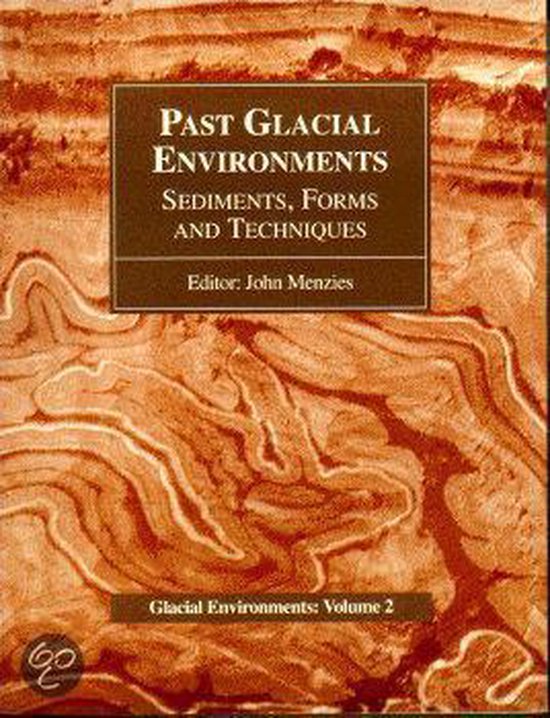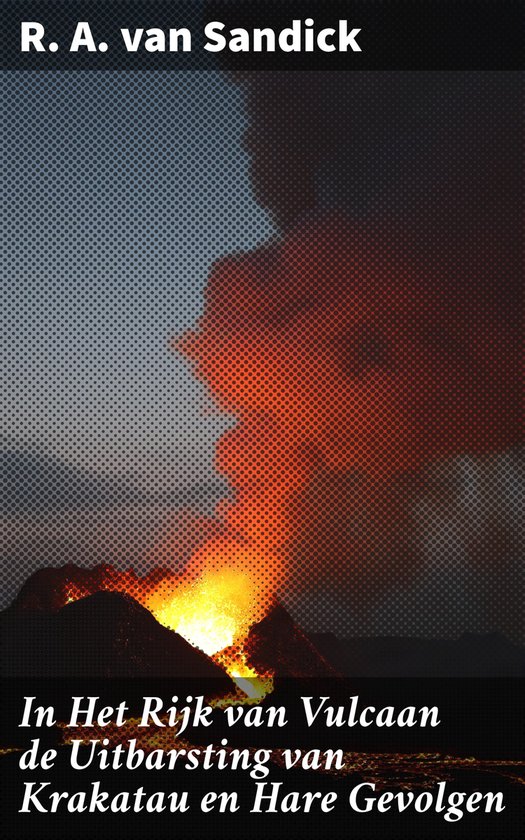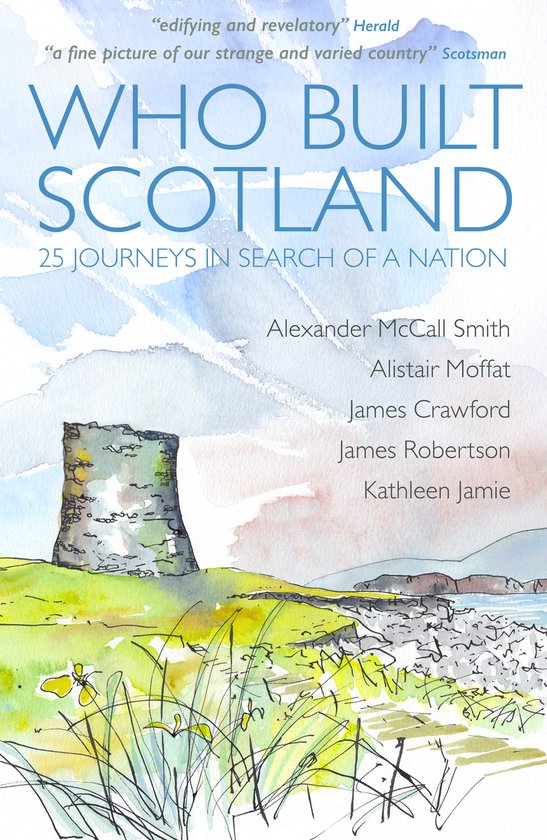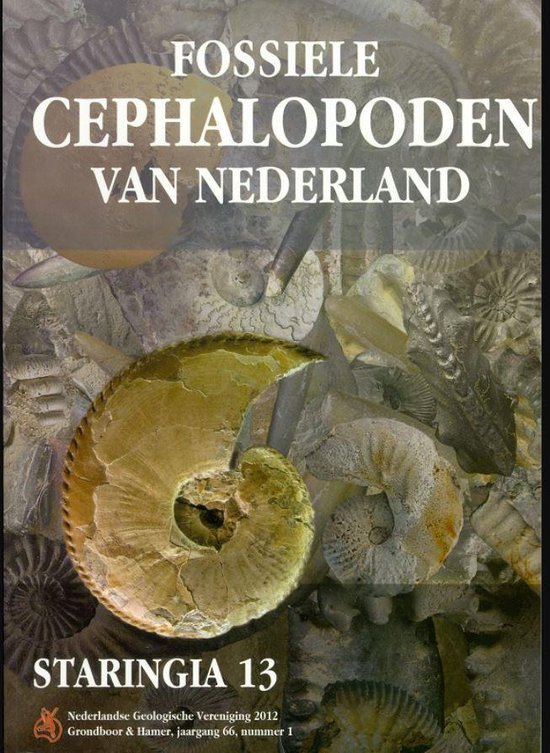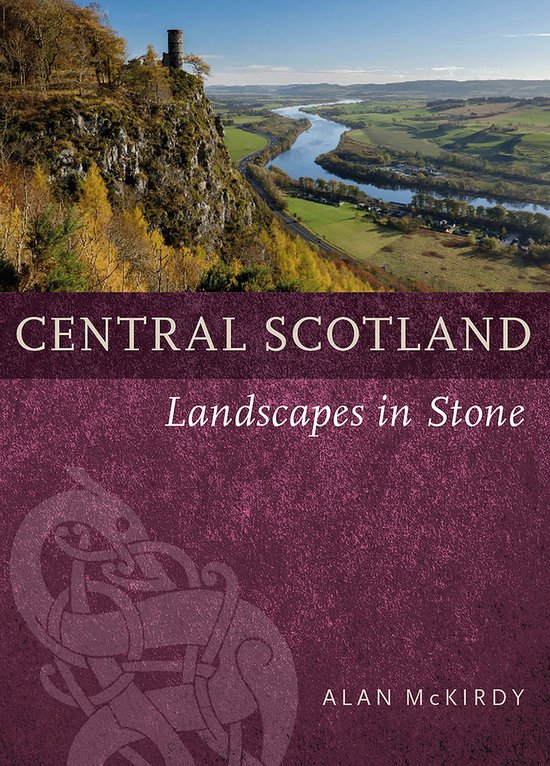
Landscapes in Stone- Central Scotland
This history of the geology of Central Scotland begins 400 million years ago and brings the reader on a remarkable journey, to Pictish times and the Industrial Revolution. Part of the Landscapes in Stone series.
The written history and archaeological records of Central Scotland takes us back to Pictish times some 5,000 years ago. The geology of the area stretches back a further 400 million years.
The oldest rocks are found near Lesmahagow and in the Pentland Hills. Known geologically as ‘inliers’– small areas of rocks from an older age, surrounded by younger strata – these strata have yielded some of the oldest fish on earth and are highly prized for what they tell us about early life on the planet. Rocks of the Old Red Sandstone and the succeeding Carboniferous era underlie the rest of Central Scotland in almost equal measure. Explosive volcanic rocks, thick layers of lava, desert sandstones, limestones and productive coal measures make up this bedrock patchwork. Then, sometime later, a covering of ice, some two kilometres thick, blanketed the landscape. It sandpapered and burnished the bedrock into the familiar scenes we see today – our matchless Scottish landscape.
The coal and iron ore which lay beneath the ground between Edinburgh and Glasgow provided the raw materials that drove the Industrial Revolution in Scotland, and the early focus on understanding the rocks beneath our feet was unsurprisingly initially concentrated on the most useful minerals resources.
| Auteur | | Alan Mckirdy |
| Taal | | Engels |
| Type | | Paperback |
| Categorie | | Wetenschap & Natuur |
